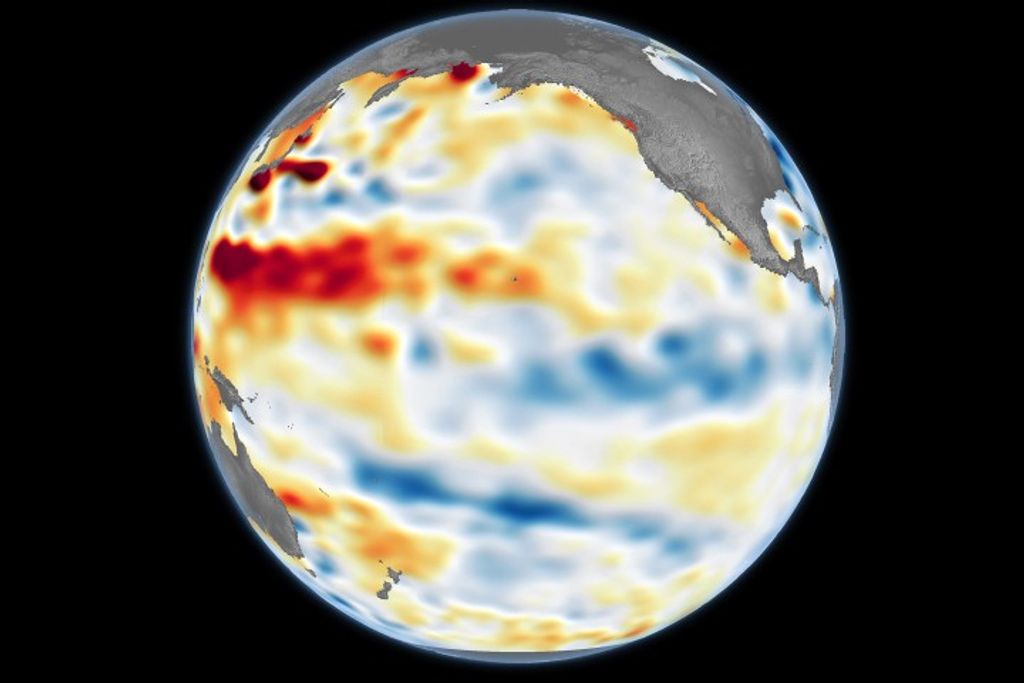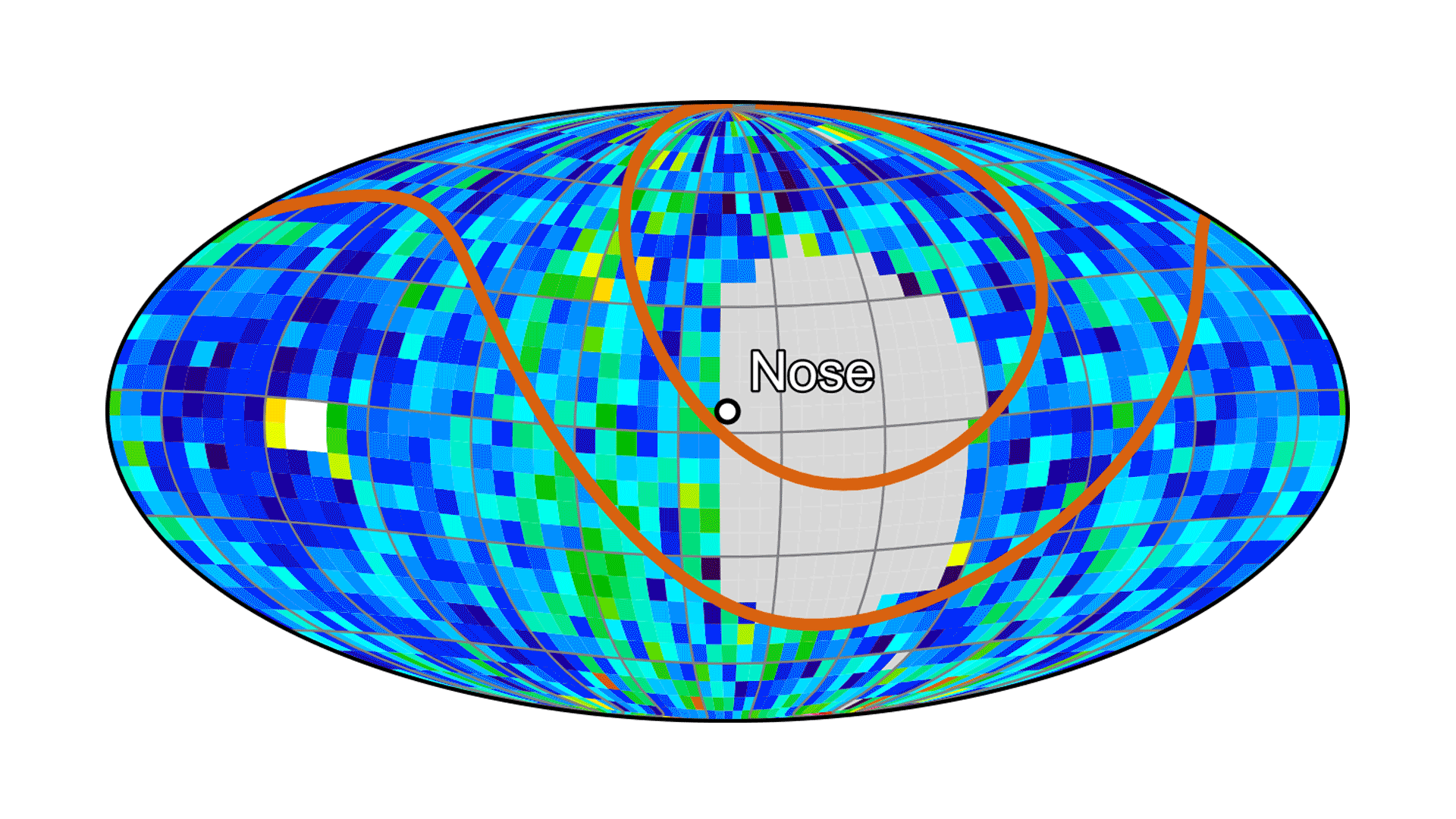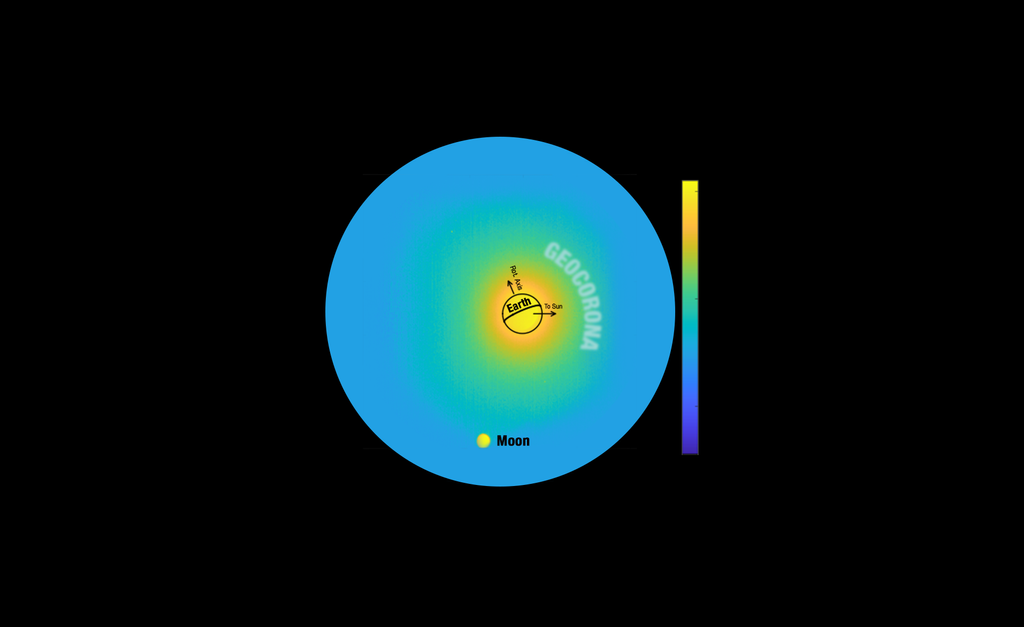1 min read
Fomalhaut Dusty Debris Disk (MIRI Compass Image)
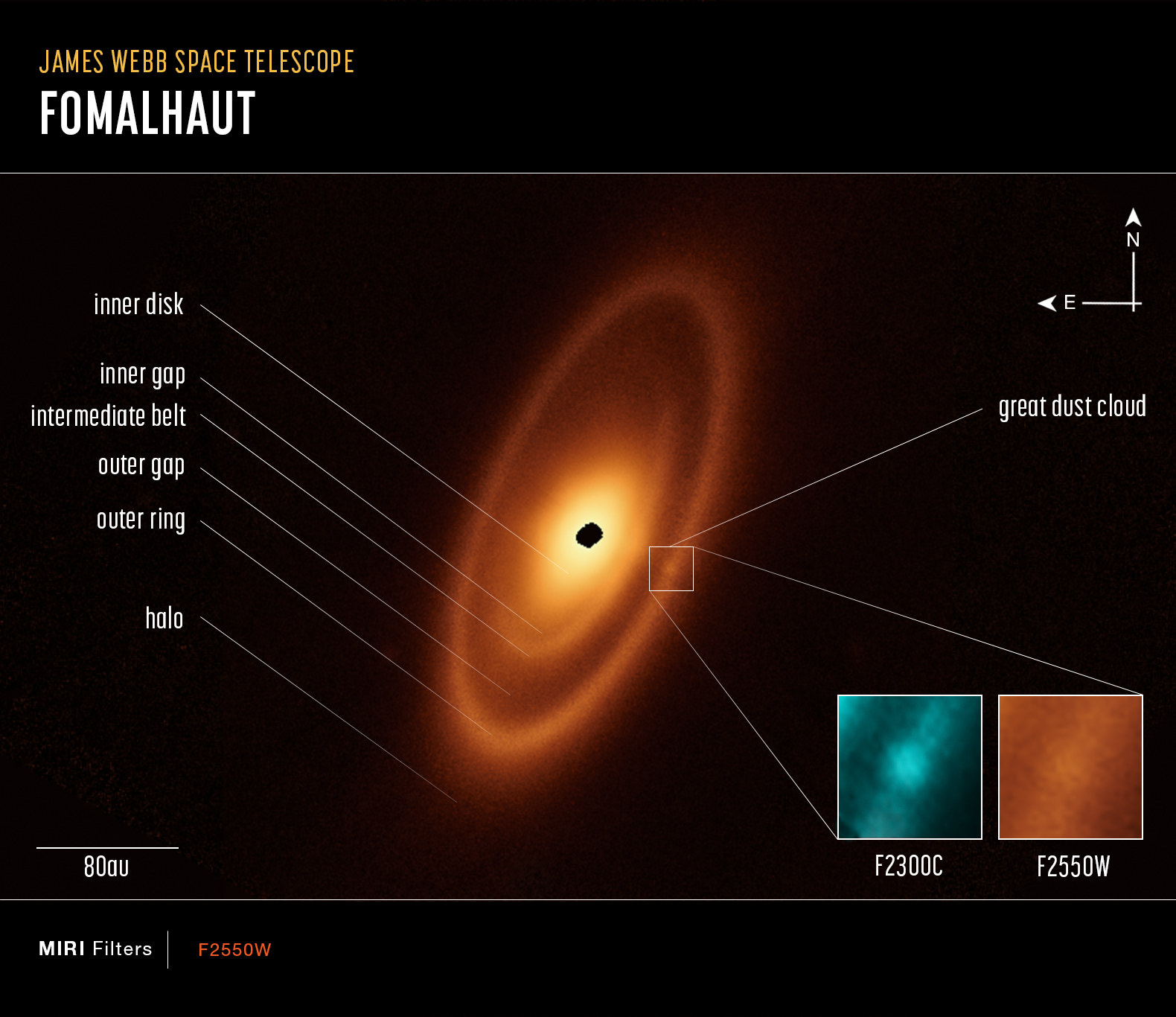
This image of the Fomalhaut system, captured by Webb’s Mid-Infrared Instrument (MIRI), shows compass arrows, scale bar, and color key for reference. Labels indicate the various structures. At right, a great dust cloud is highlighted and pullouts show it in two infrared wavelengths: 23 and 25.5 microns. The ragged black spot in the middle indicates a lack of data due to detector saturation.
The north and east compass arrows show the orientation of the image on the sky. Note that the relationship between north and east on the sky (as seen from below) is flipped relative to direction arrows on a map of the ground (as seen from above).
The scale bar is labeled in astronomical units, which is the average distance between the Earth and the Sun, or 93 million miles. The outer ring is about 240 astronomical units in diameter.
This image shows invisible mid-infrared wavelengths of light that have been translated into visible-light colors. The color key and labels show which MIRI filters were used when collecting the light.
About the Object
- R.A. PositionR.A. PositionRight ascension – analogous to longitude – is one component of an object's position.22:57:39.05
- Dec. PositionDec. PositionDeclination – analogous to latitude – is one component of an object's position.-29:37:20.05
- ConstellationConstellationOne of 88 recognized regions of the celestial sphere in which the object appears.Piscis Austrinus
- DistanceDistanceThe physical distance from Earth to the astronomical object. Distances within our solar system are usually measured in Astronomical Units (AU). Distances between stars are usually measured in light-years. Interstellar distances can also be measured in parsecs.25 light-years (8 parsecs)
About the Data
- Data DescriptionData DescriptionProposal: A description of the observations, their scientific justification, and the links to the data available in the science archive.
Science Team: The astronomers who planned the observations and analyzed the data. "PI" refers to the Principal Investigator.The JWST observations include those from program 1193 (C. Beichman)
- InstrumentInstrumentThe science instrument used to produce the data.MIRI
- Exposure DatesExposure DatesThe date(s) that the telescope made its observations and the total exposure time.21 Oct 2022
- FiltersFiltersThe camera filters that were used in the science observations.F2550W
- Object NameObject NameA name or catalog number that astronomers use to identify an astronomical object.Fomalhaut
- Object DescriptionObject DescriptionThe type of astronomical object.Dusty debris disk
- Release DateMay 8, 2023
- Science ReleaseWebb Looks for Fomalhaut’s Asteroid Belt and Finds Much More
- CreditImage: NASA, ESA, CSA; Image Processing: András Gáspár (University of Arizona), Alyssa Pagan (STScI); Science: András Gáspár (University of Arizona)

The image is a single exposure acquired by the MIRI instrument on the James Webb Space Telescope. The color results from assigning an warm color map to a monochromatic (grayscale) image. Orange color map: F2250W
Related Images & Videos
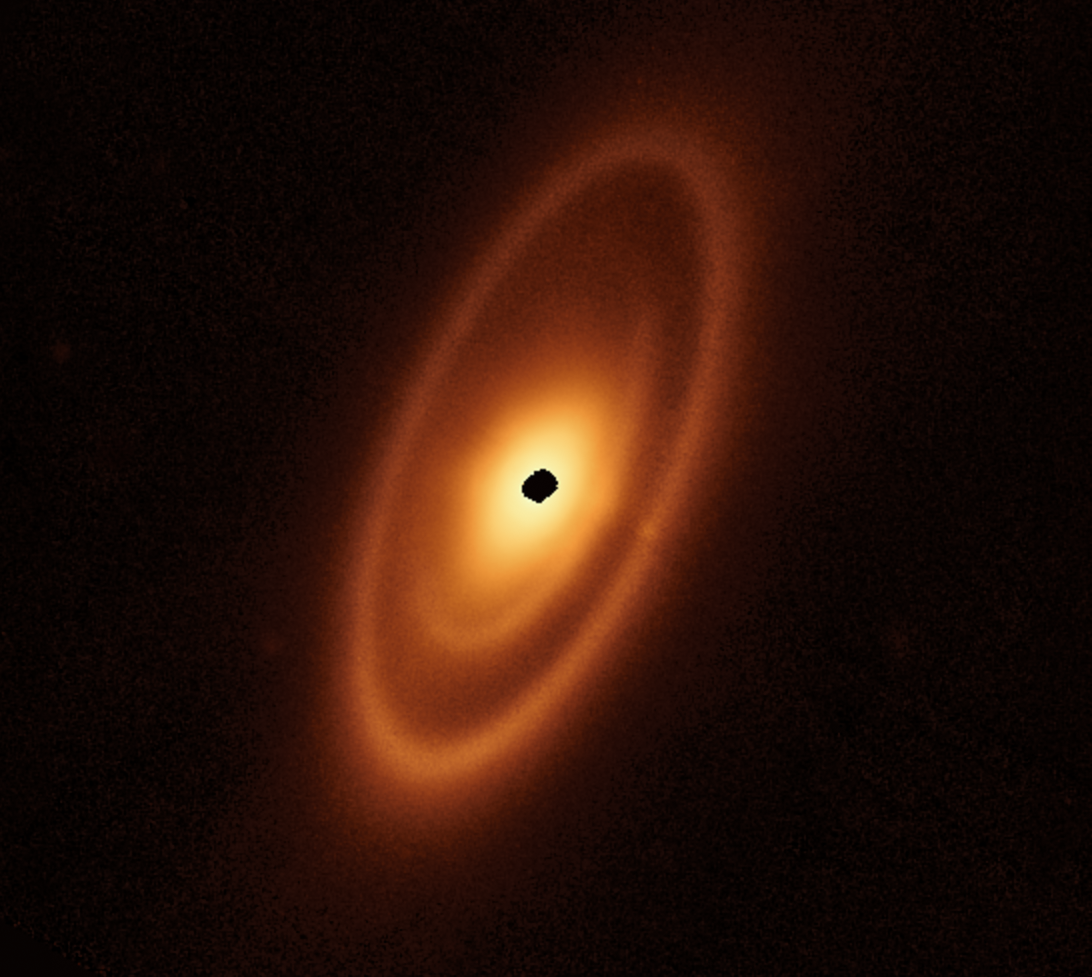
Fomalhaut Dusty Debris Disk (MIRI Image)
This image of the dusty debris disk surrounding the young star Fomalhaut is from Webb’s Mid-Infrared Instrument (MIRI). It reveals three nested belts extending out to 14 billion miles (23 billion kilometers) from the star. The inner belts – which had never been seen before –...
Share
Details
Laura Betz
NASA’s Goddard Space Flight Center
Greenbelt, Maryland
laura.e.betz@nasa.gov
NASA, ESA, CSA
András Gáspár (University of Arizona), Alyssa Pagan (STScI)
András Gáspár (University of Arizona)










